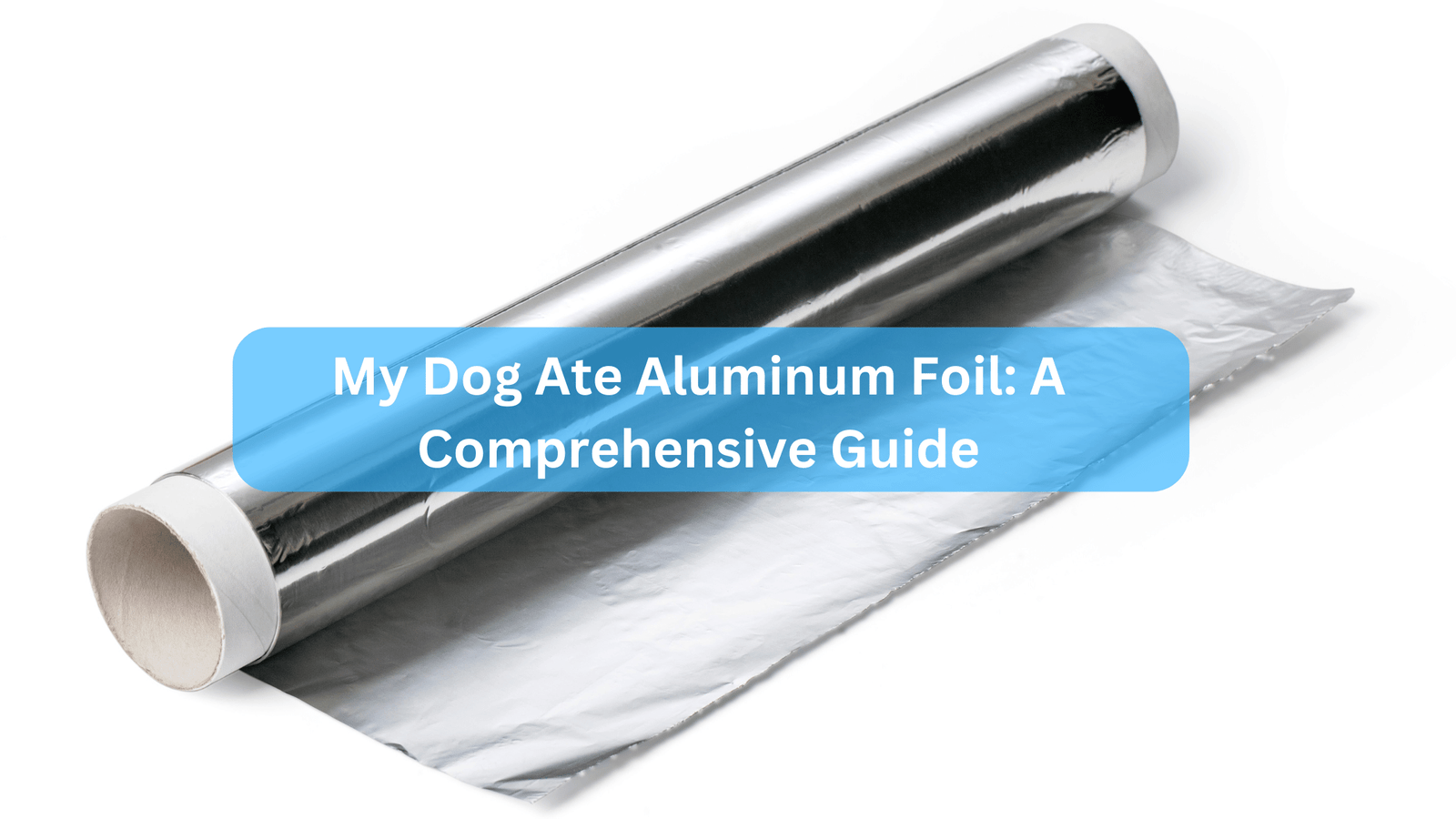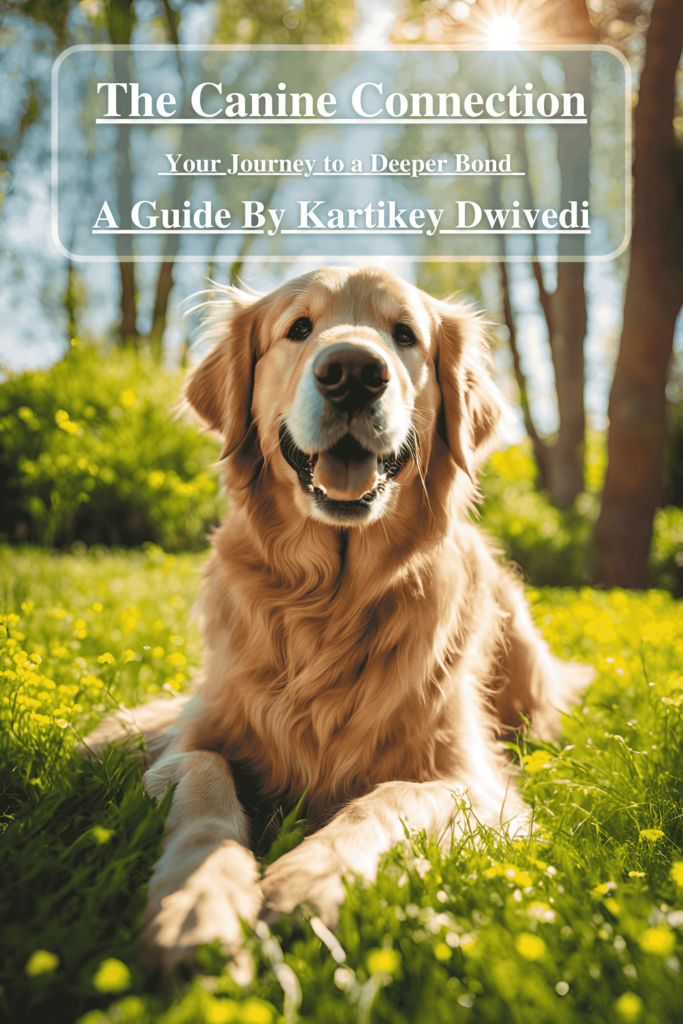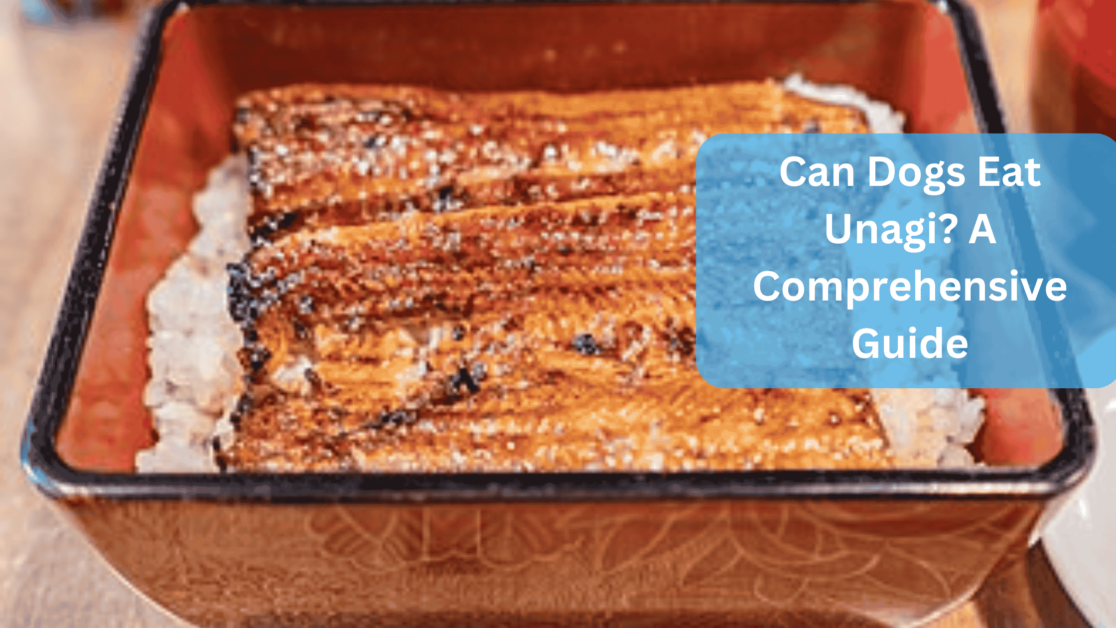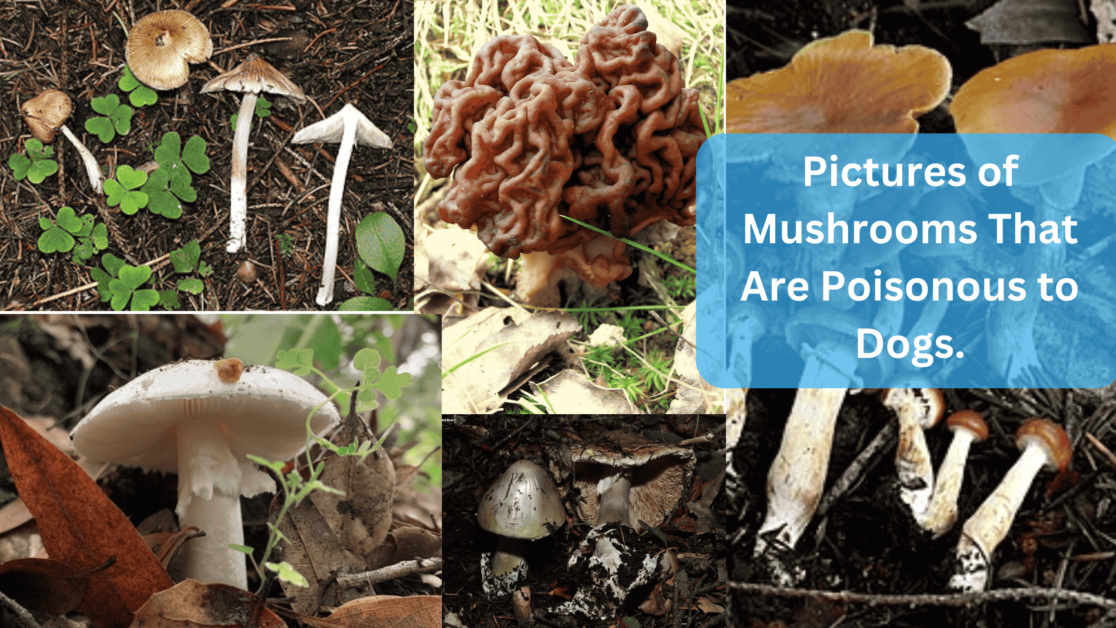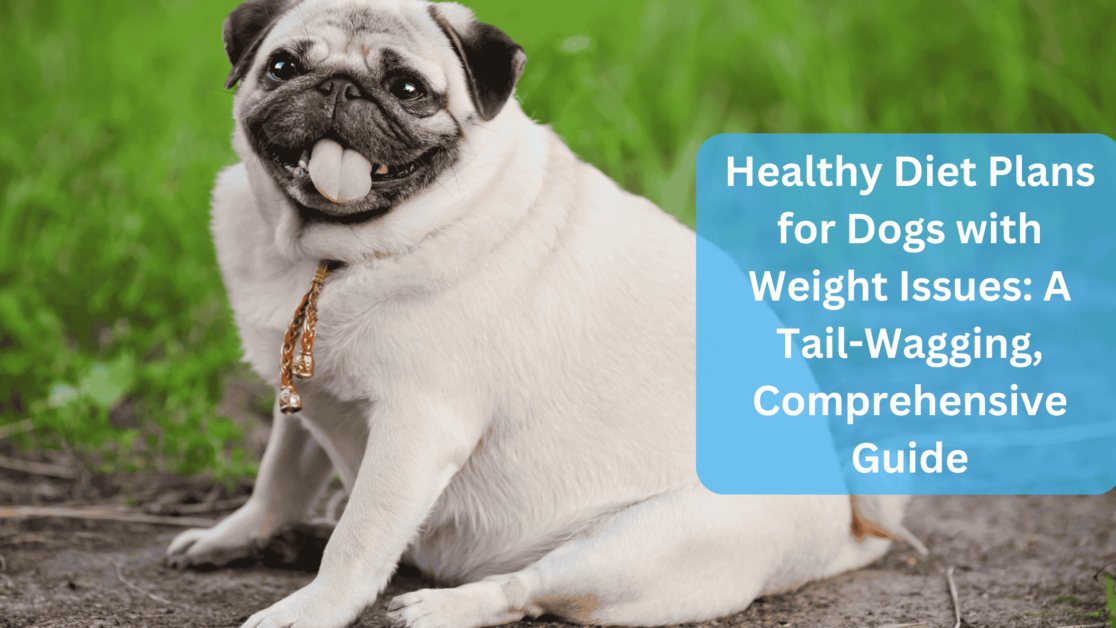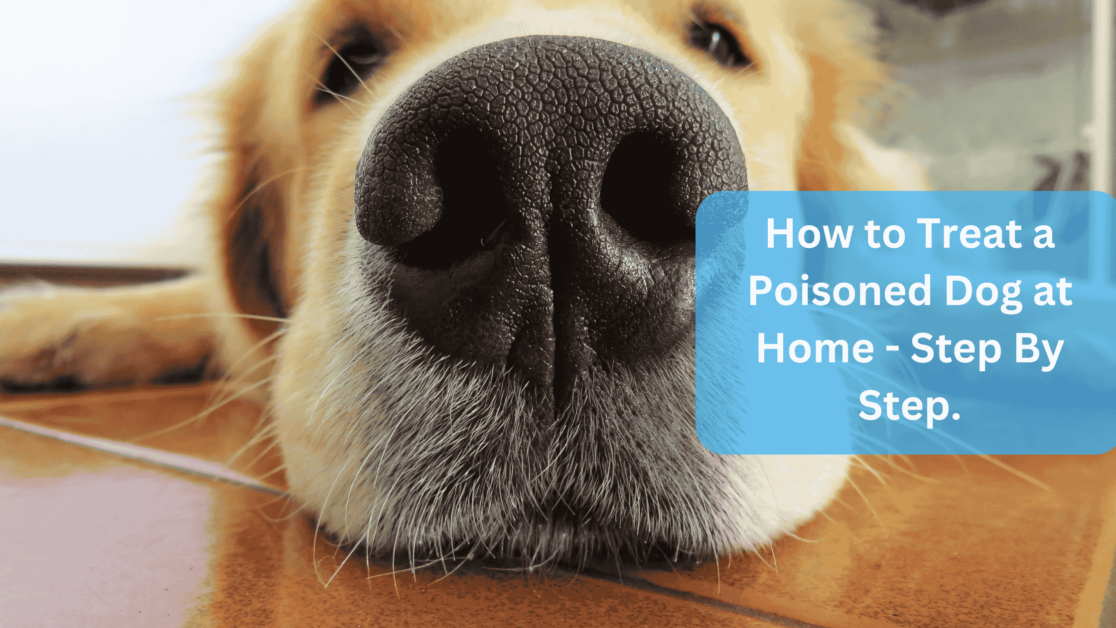If you’ve ever walked into your kitchen only to find your dog has devoured a shiny piece of aluminum foil, you might be filled with panic. “My dog ate aluminum foil!” is a common concern among pet owners.
While it can be alarming, understanding the implications and the appropriate steps to take can help ease your worries.
This article will cover everything you need to know about this situation, including potential risks, symptoms to watch for, and when to seek veterinary assistance.
My Dog Ate Aluminum Foil: Is Aluminum Foil Toxic to Dogs?
The good news is that aluminum foil itself is not toxic to dogs. It does not leach harmful substances into their bloodstream.
However, the real concern often lies with what the foil might have contained, such as fatty or toxic foods.
For example, if the foil was wrapped around chocolate or greasy foods, it could lead to gastrointestinal issues or pancreatitis in your dog.
Potential Complications if Dog Eats Aluminium Foil
While many dogs will pass aluminum foil without any issues, there are some potential complications to be aware of:
- Intestinal Blockage: If a dog swallows a large piece or a crumpled ball of foil, it could cause a blockage in the digestive tract. Symptoms may include vomiting, lethargy, and abdominal pain.
- Gastrointestinal Damage: Sharp edges of aluminum foil can scratch the intestinal lining, leading to bleeding or infection.
- Pica Behavior: If your dog frequently eats non-food items like aluminum foil, it could indicate a condition known as pica, where dogs consume non-nutritive substances due to nutritional deficiencies or behavioral issues.
Are There Any Long-Term Effects if My Dog Regularly Eats Aluminum Foil?
If your dog has a habit of regularly eating aluminum foil, it could lead to several long-term effects. Frequent ingestion can increase the risk of:
- Chronic Gastrointestinal Issues: Regularly consuming non-digestible materials can lead to ongoing gastrointestinal problems, including inflammation or blockages.
- Nutritional Deficiencies: If your dog is consuming non-food items, it may not be getting the necessary nutrients from its regular diet, leading to deficiencies.
- Behavioral Issues: Persistent pica behavior may indicate underlying stress, anxiety, or boredom, which can require behavioral modification strategies.
It is crucial to address the underlying reasons for this behavior, as long-term ingestion of aluminum foil can lead to serious health concerns.
What to Do If Your Dog Eats Aluminum Foil
If you find yourself in this situation, here are the steps you should follow:
- Stay Calm: Panicking will not help your dog. Most dogs will be fine after eating a small amount of foil.
- Assess the Situation: Try to determine how much foil your dog has eaten and whether it contained any harmful food items.
- Monitor Symptoms: Keep an eye on your dog for the next 24 to 48 hours. Look for signs of distress, such as:
- Vomiting
- Loss of appetite
- Lethargy
- Abdominal pain
- Blood in stool
- Contact Your Veterinarian: If your dog shows any concerning symptoms, or if they consumed a large amount of foil, contact your vet for advice. They may recommend an examination or an X-ray to check for blockages.
- Dietary Adjustments: If your dog is not showing any symptoms, you can offer small, bland meals to help soothe their stomach and encourage the passage of the foil. Ensure they have access to fresh water.
Monitoring Your Dog’s Recovery
In most cases, if your dog has ingested aluminum foil, they will pass it without any issues. You should monitor their feces to see if the foil appears, which can take up to 48 hours.
If you notice any concerning symptoms or if the foil does not pass, consult your veterinarian immediately.
When to Seek Immediate Help
You should seek immediate veterinary attention if:
- Your dog is experiencing severe vomiting or diarrhea.
- There is blood in their stool.
- Your dog appears to be in pain or discomfort.
- They are lethargic and not eating or drinking.
What If My Dog Ate Tin Foil?
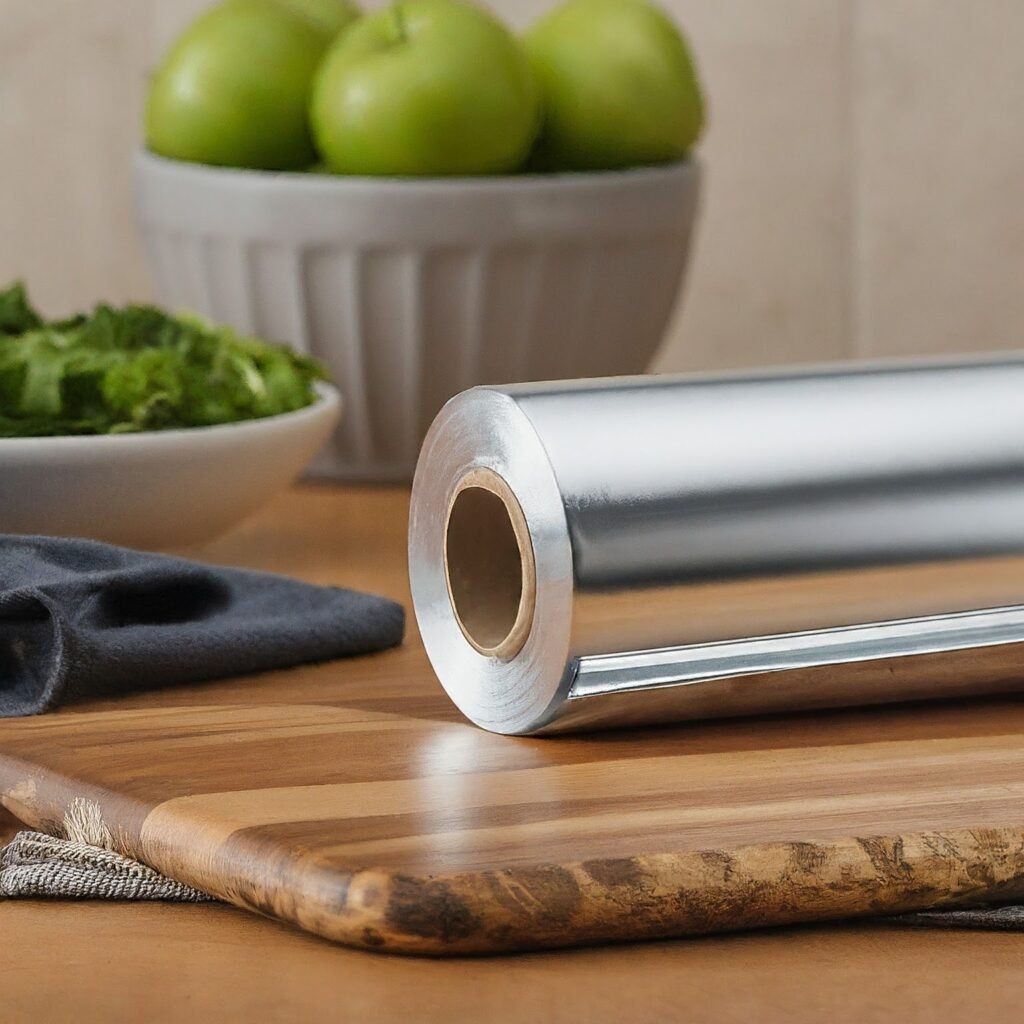
The terms “aluminum foil” and “tin foil” are often used interchangeably, but they refer to different materials.
Tin foil is actually an older product that has largely been replaced by aluminum foil due to its superior properties. However, the risks are similar.
Risks of Eating Tin Foil For Dogs
- Non-Toxicity: Like aluminum foil, tin foil is not toxic to dogs. The primary concern is what food may have been wrapped in it.
- Potential for Blockage: If a dog consumes a large piece of tin foil, it can also lead to gastrointestinal blockage, similar to aluminum foil.
- Food Safety: If the tin foil contained spoiled or toxic food, such as chocolate or onions, the risks increase significantly.
What to Do If Your Dog Eats Tin Foil
The steps to take if your dog eats tin foil are similar to those for aluminum foil:
- Stay Calm: Most dogs will be fine after eating a small piece of tin foil.
- Assess the Amount: Determine how much tin foil was ingested and what it contained.
- Monitor for Symptoms: Watch for signs of distress, including vomiting, lethargy, and loss of appetite.
- Consult Your Vet: If your dog shows symptoms or consumed a significant amount, contact your veterinarian for advice.
- Prevent Future Incidents: Keep all food items, especially those wrapped in foil, out of your dog’s reach to prevent future occurrences.
Also Read: Are Humidifiers Safe for Dogs? A Comprehensive Guide
Also Read: Can Dogs Eat Goji Berries? Are Goji Berries Safe for Dogs?
Conclusion
Finding out that your dog has eaten aluminum or tin foil can be a frightening experience, but it’s important to remember that, in most cases, it is not a life-threatening situation.
By staying calm, monitoring your dog’s condition, and knowing when to seek veterinary assistance, you can help ensure your furry friend remains healthy and happy.
Always consult with your veterinarian if you have any doubts or concerns about your dog’s health after such incidents.
Sources:
- https://www.extremedogfence.com/my-dog-ate-aluminum-foil/
- https://frenchiestore.com/blogs/pets-blog/what-you-should-do-if-your-dog-eats-aluminum-foil
- https://www.oxfordveterinaryclinic.com/what-should-i-do-if-my-dog-eats-tin-foil/
- https://aluminiumfoilcontainer.com/what-to-do-if-dog-eat-aluminum-foil/
- https://www.k9ofmine.com/dog-ate-tinfoil/
